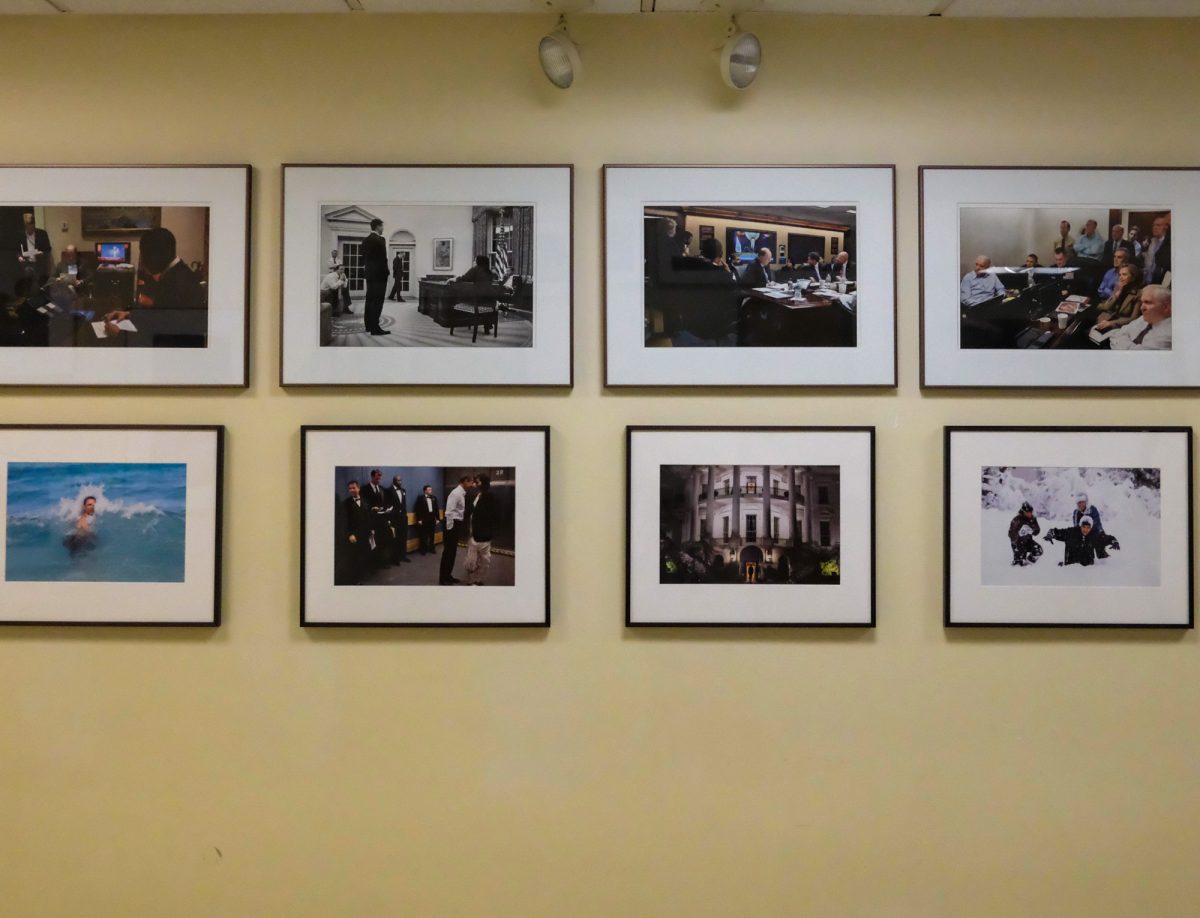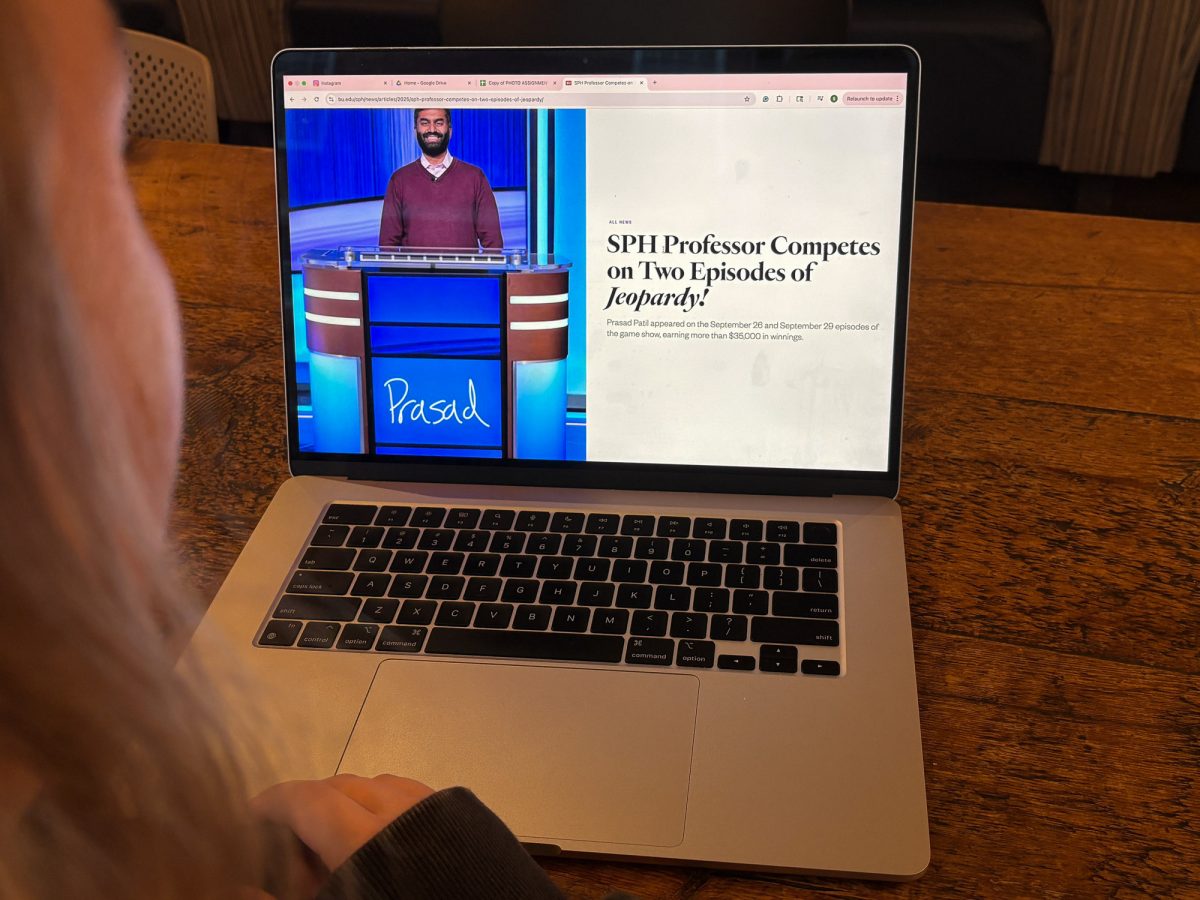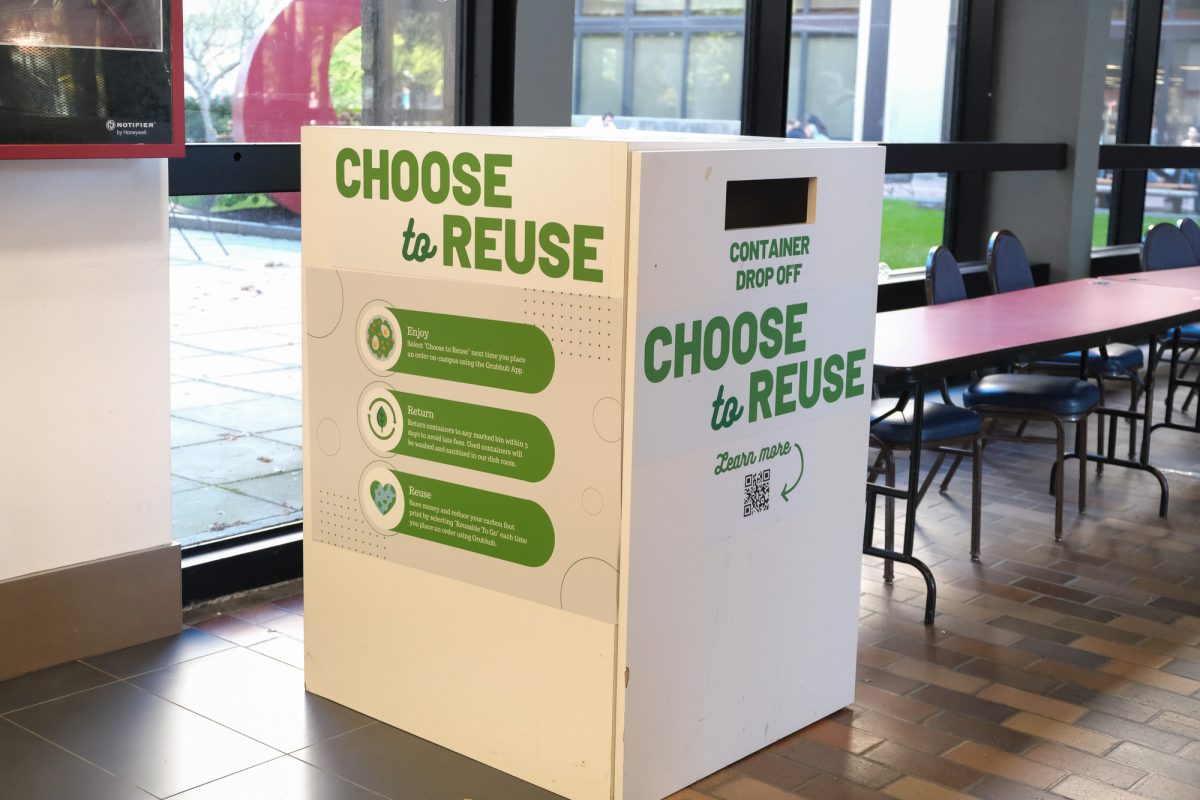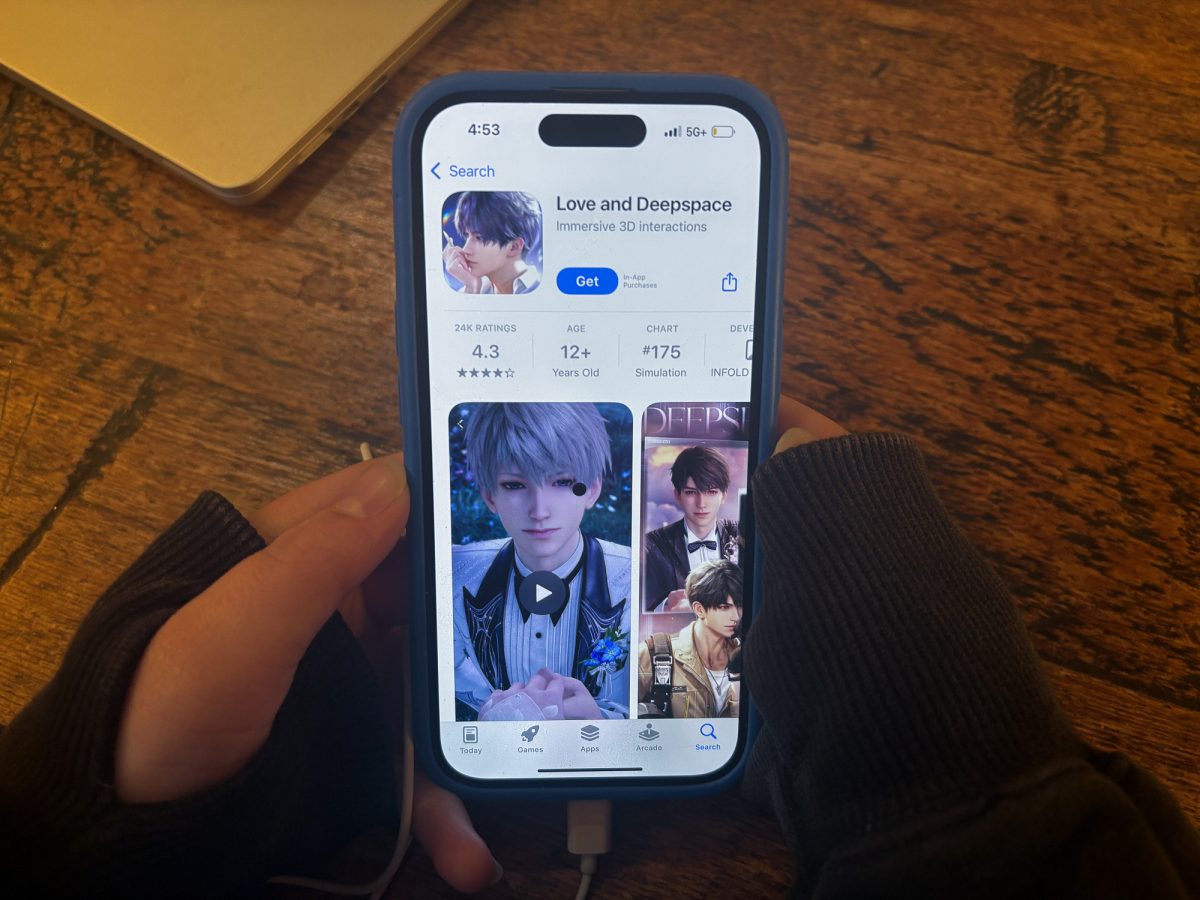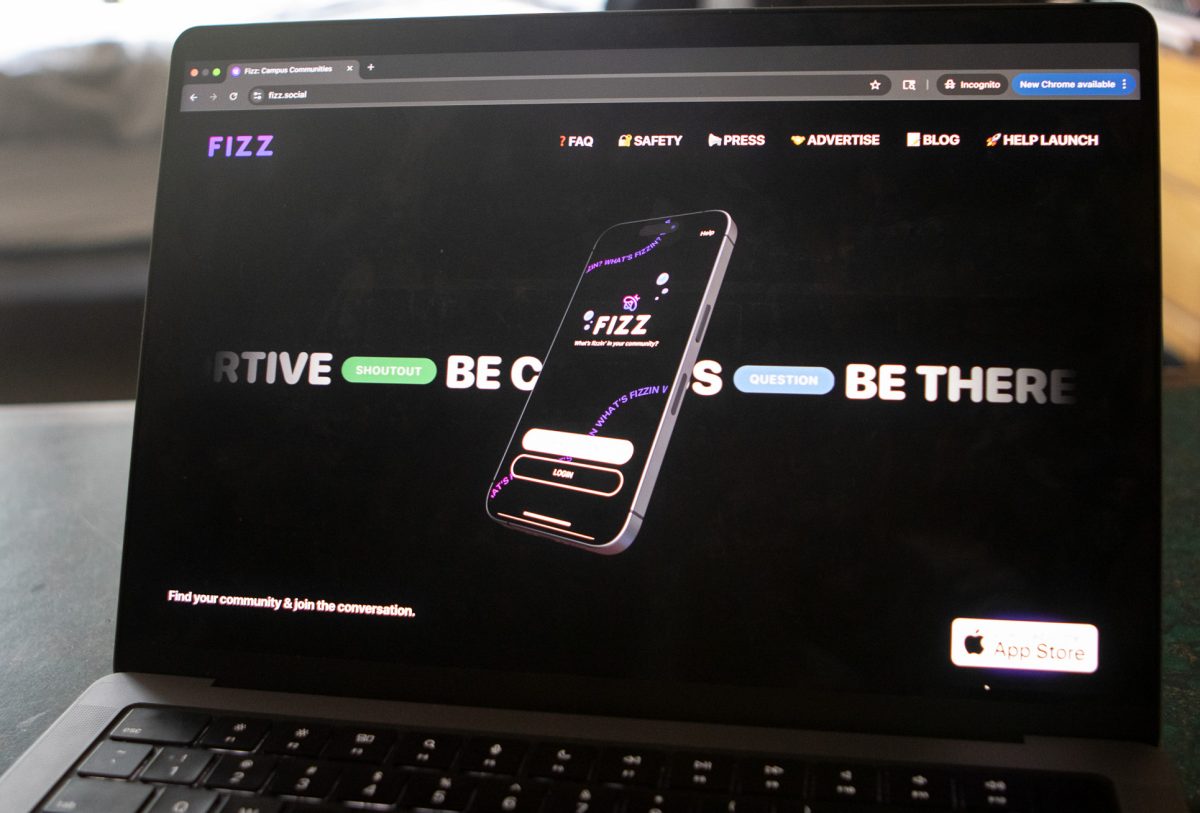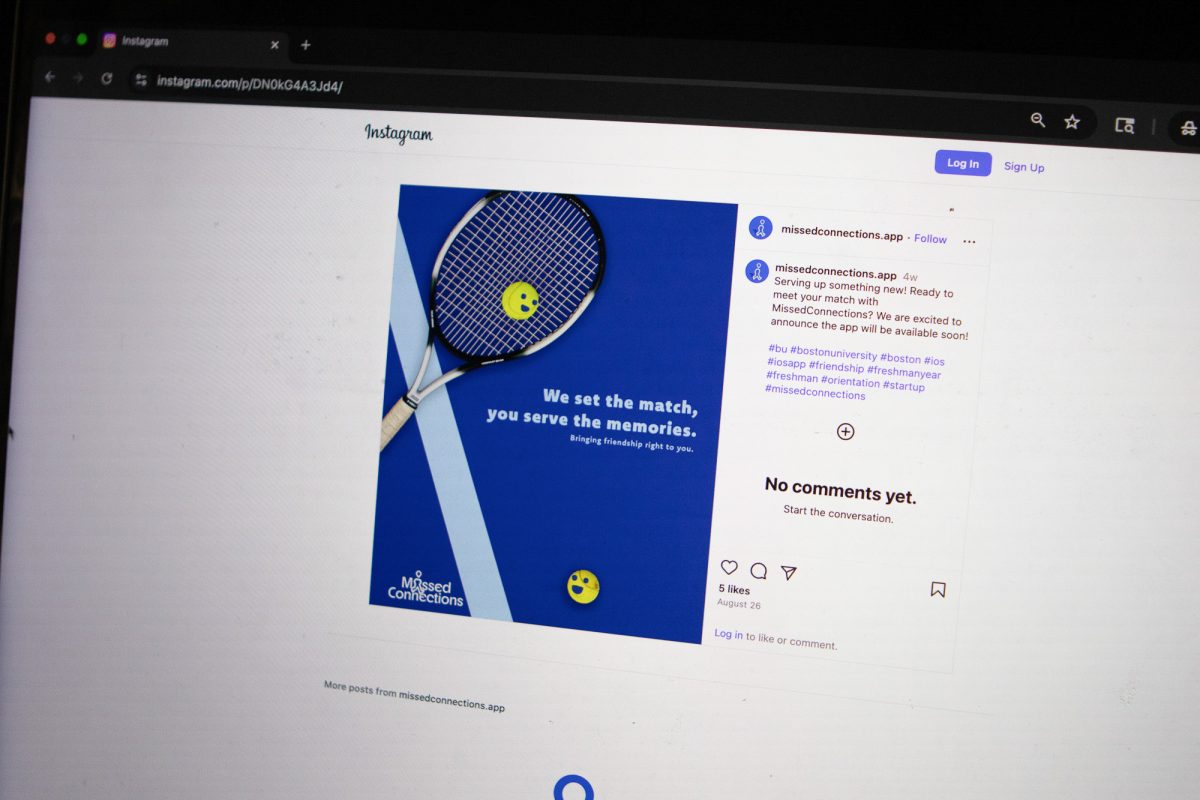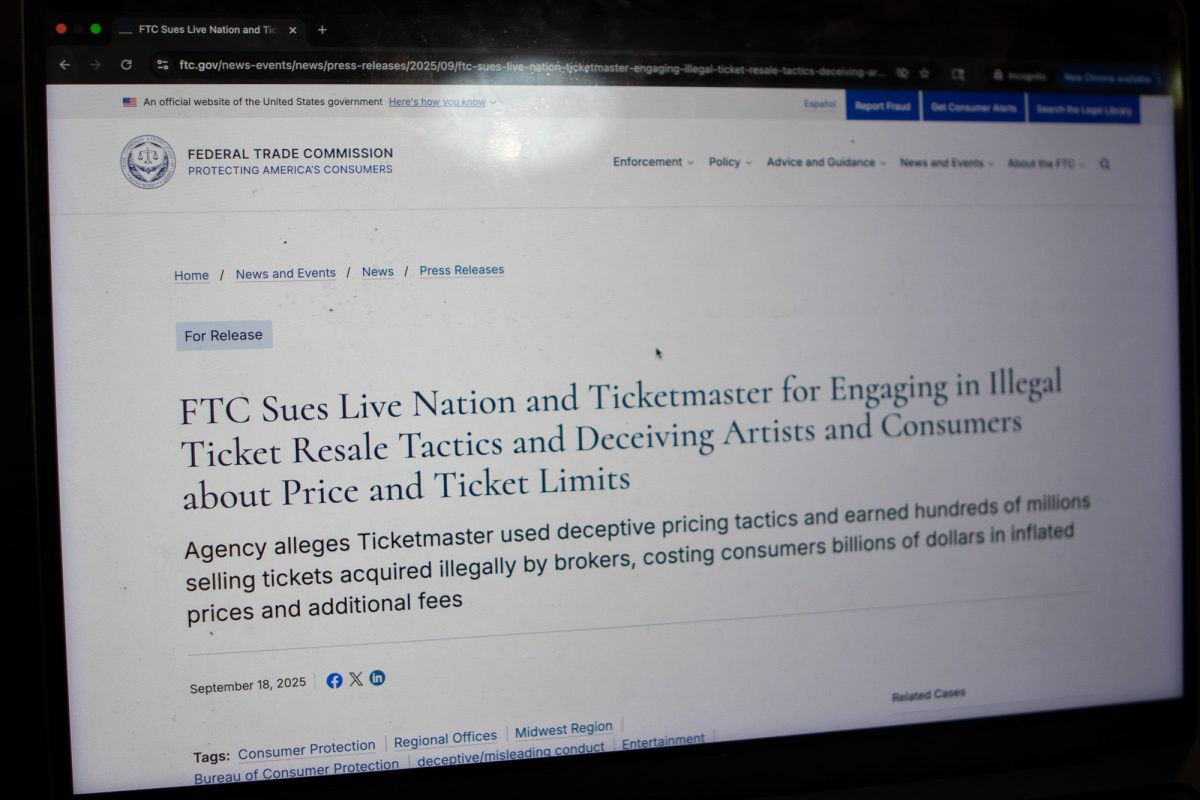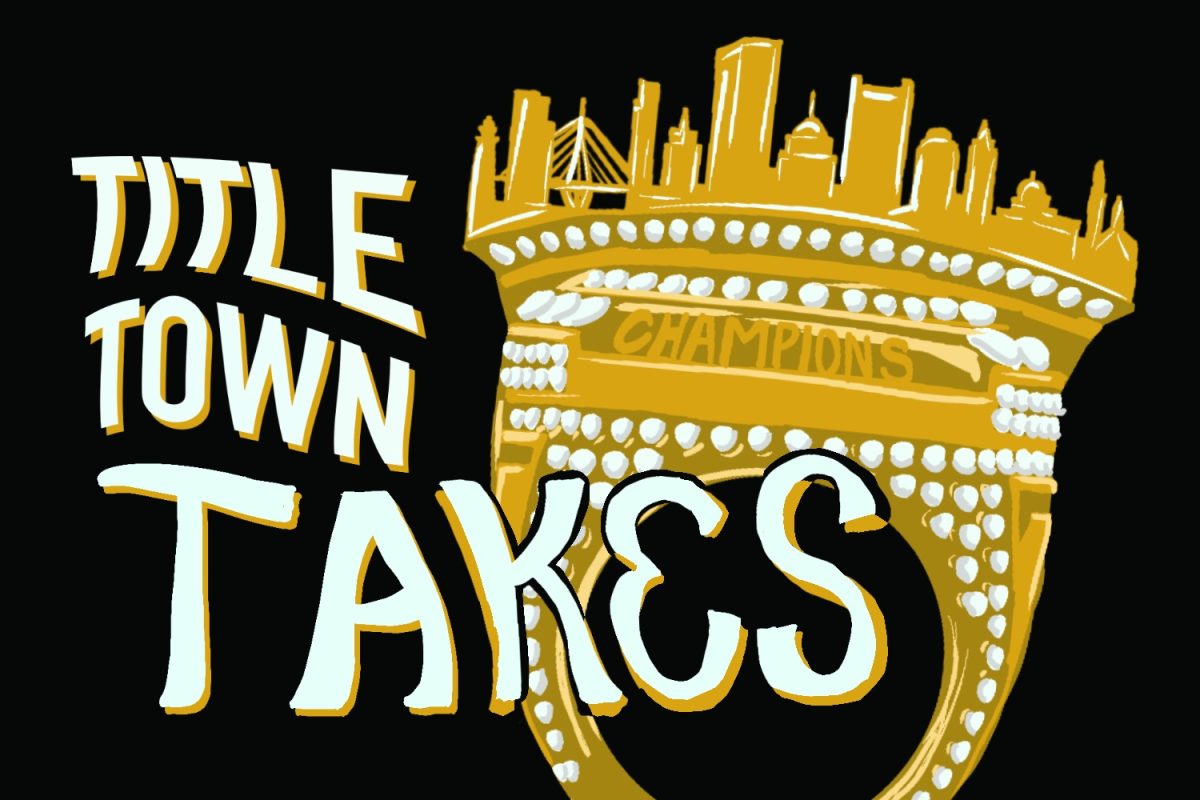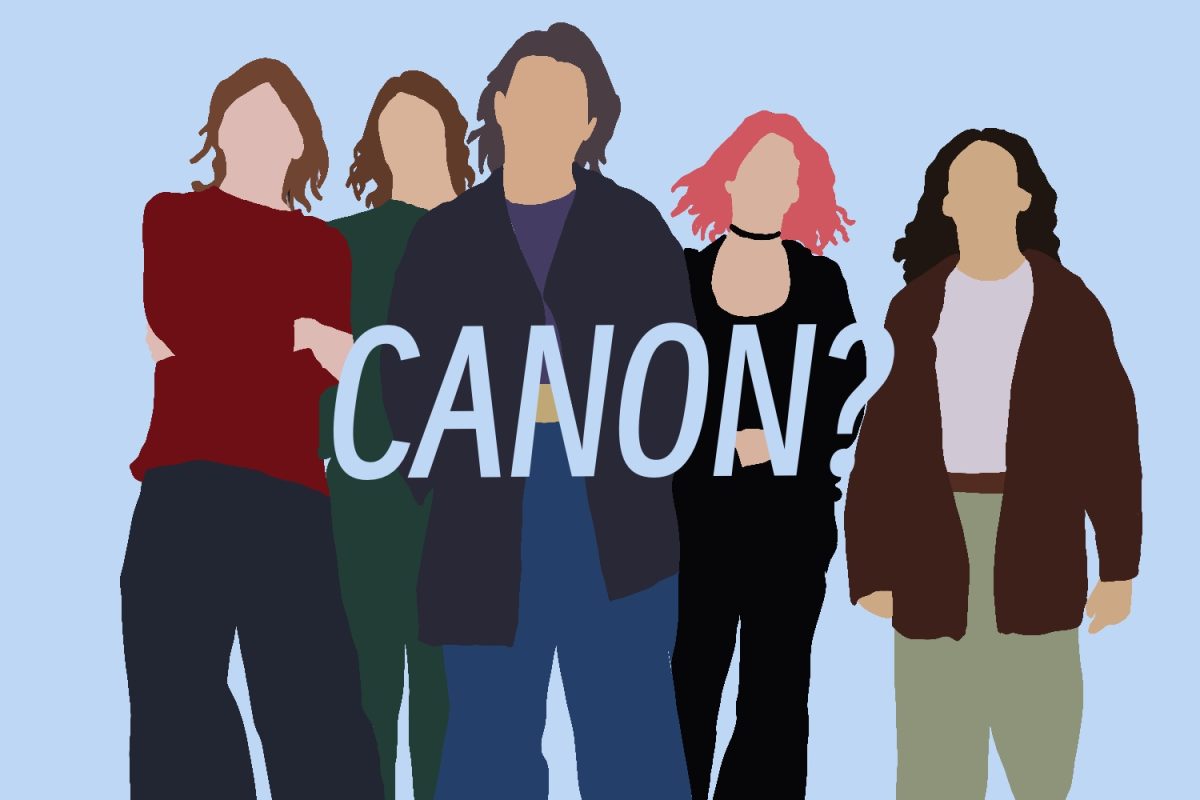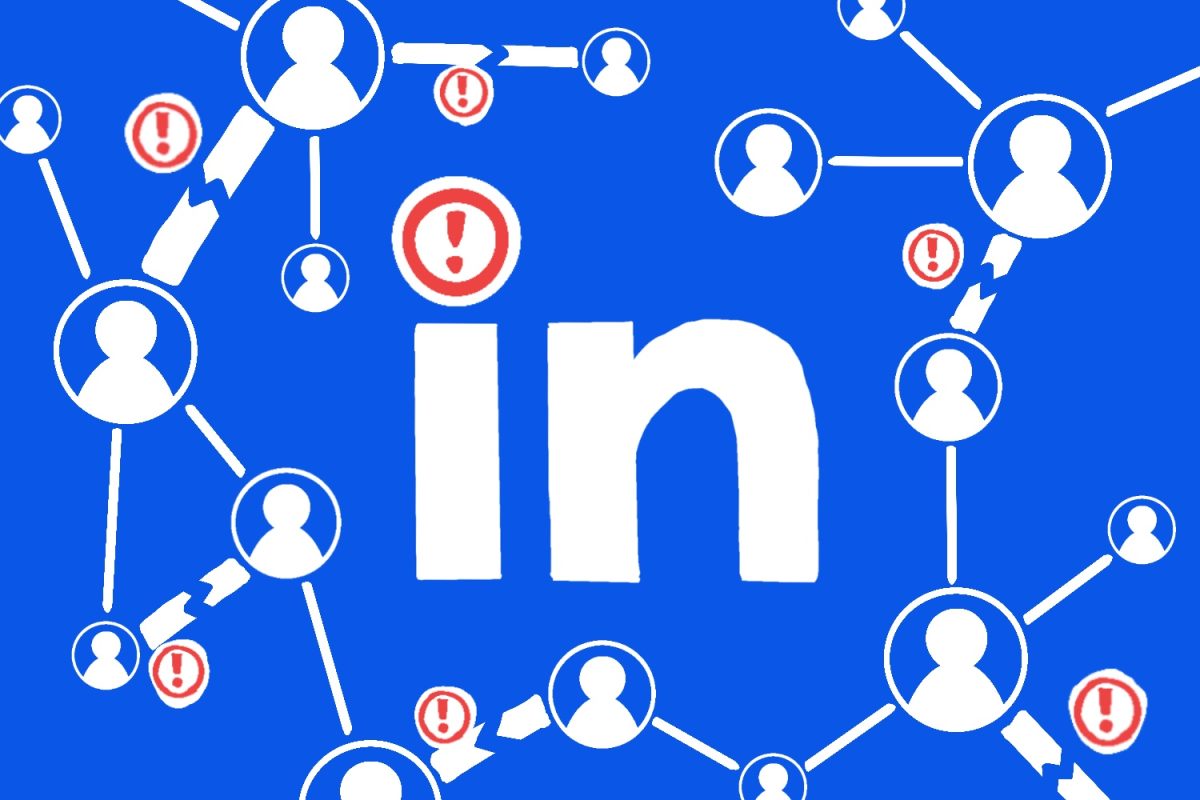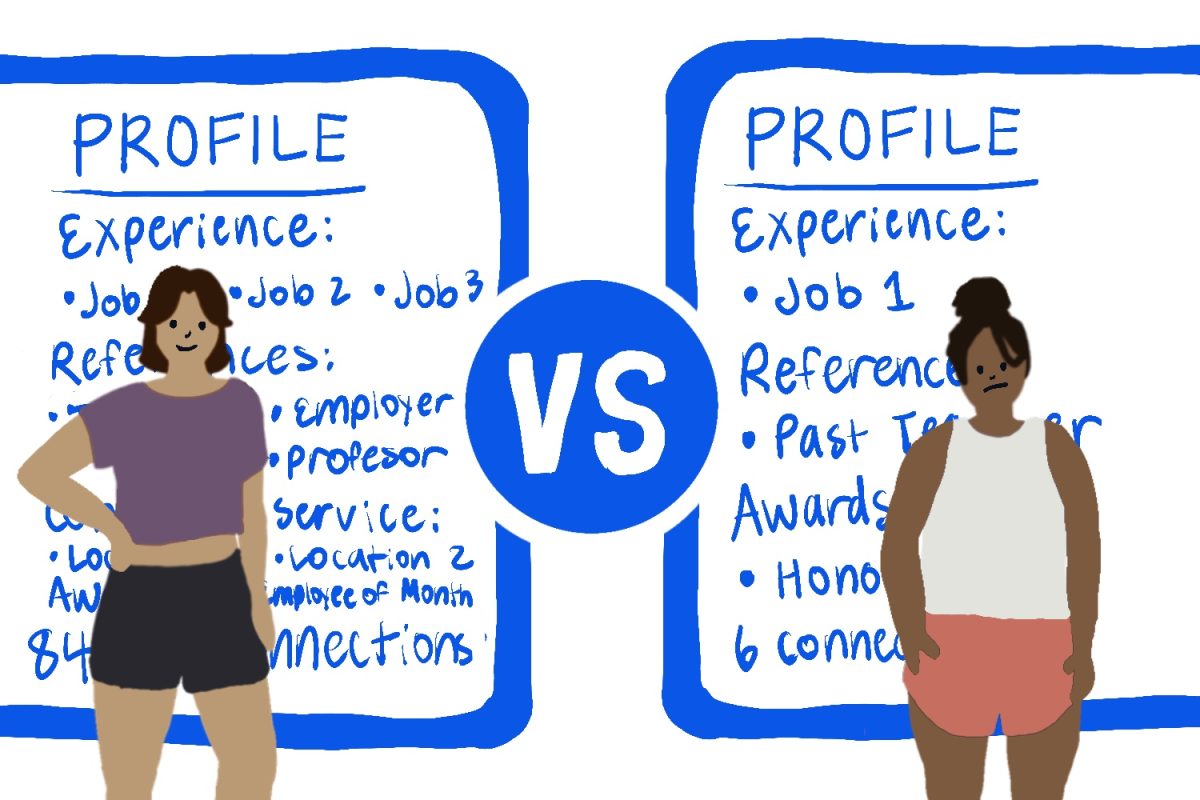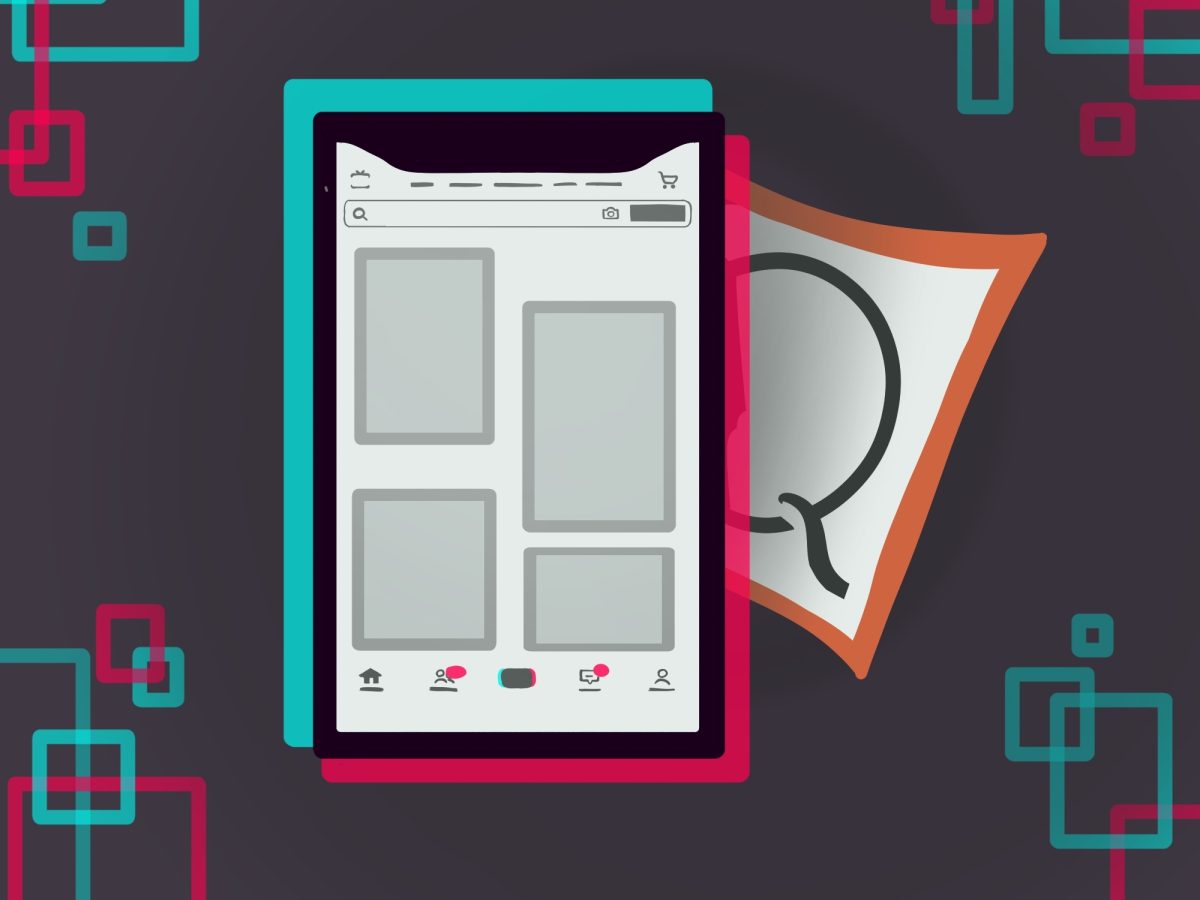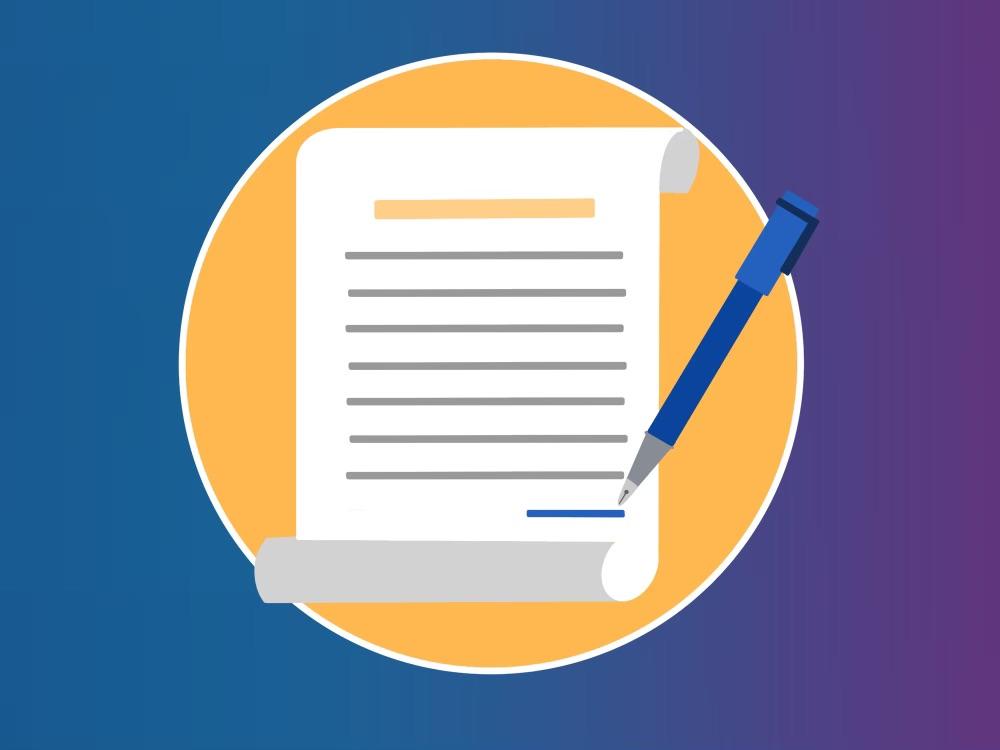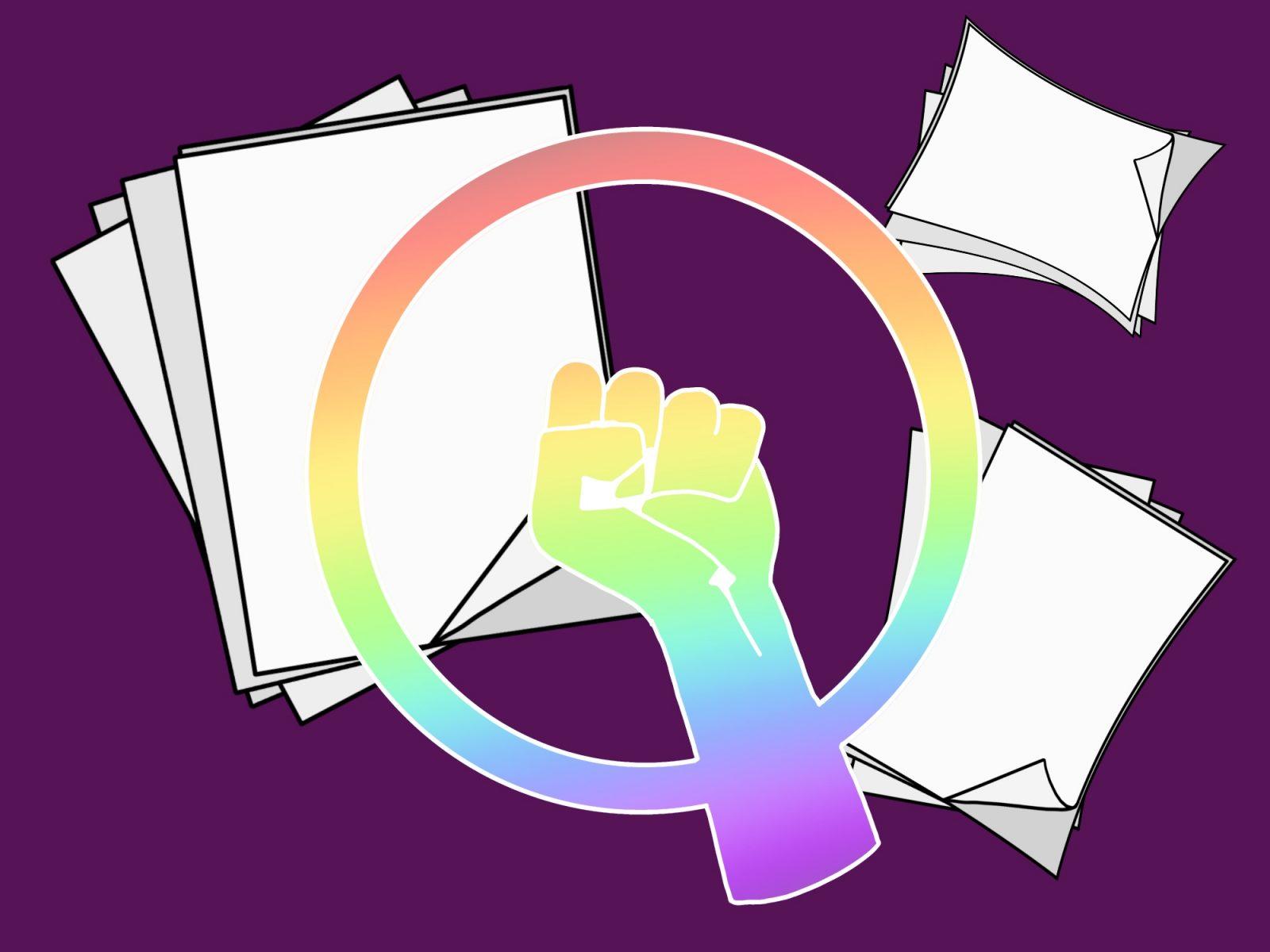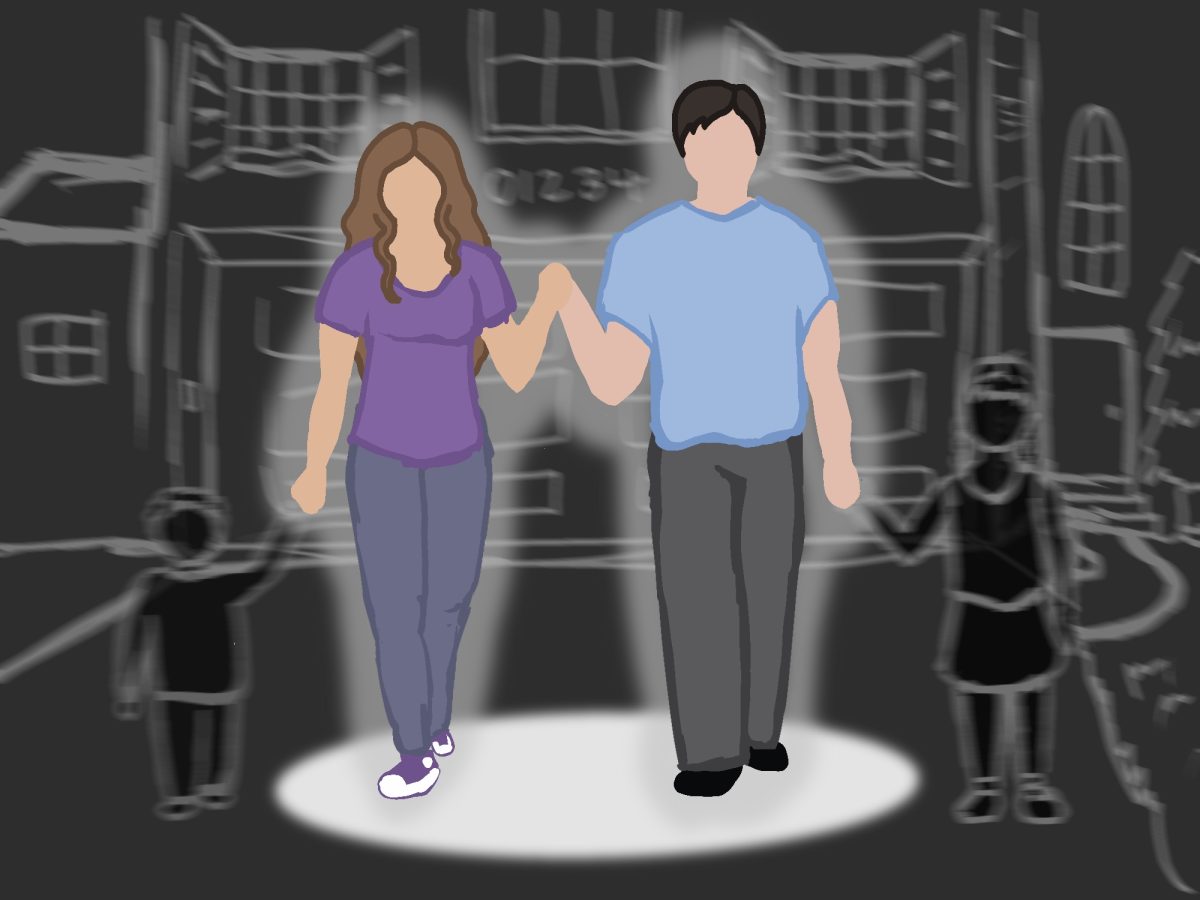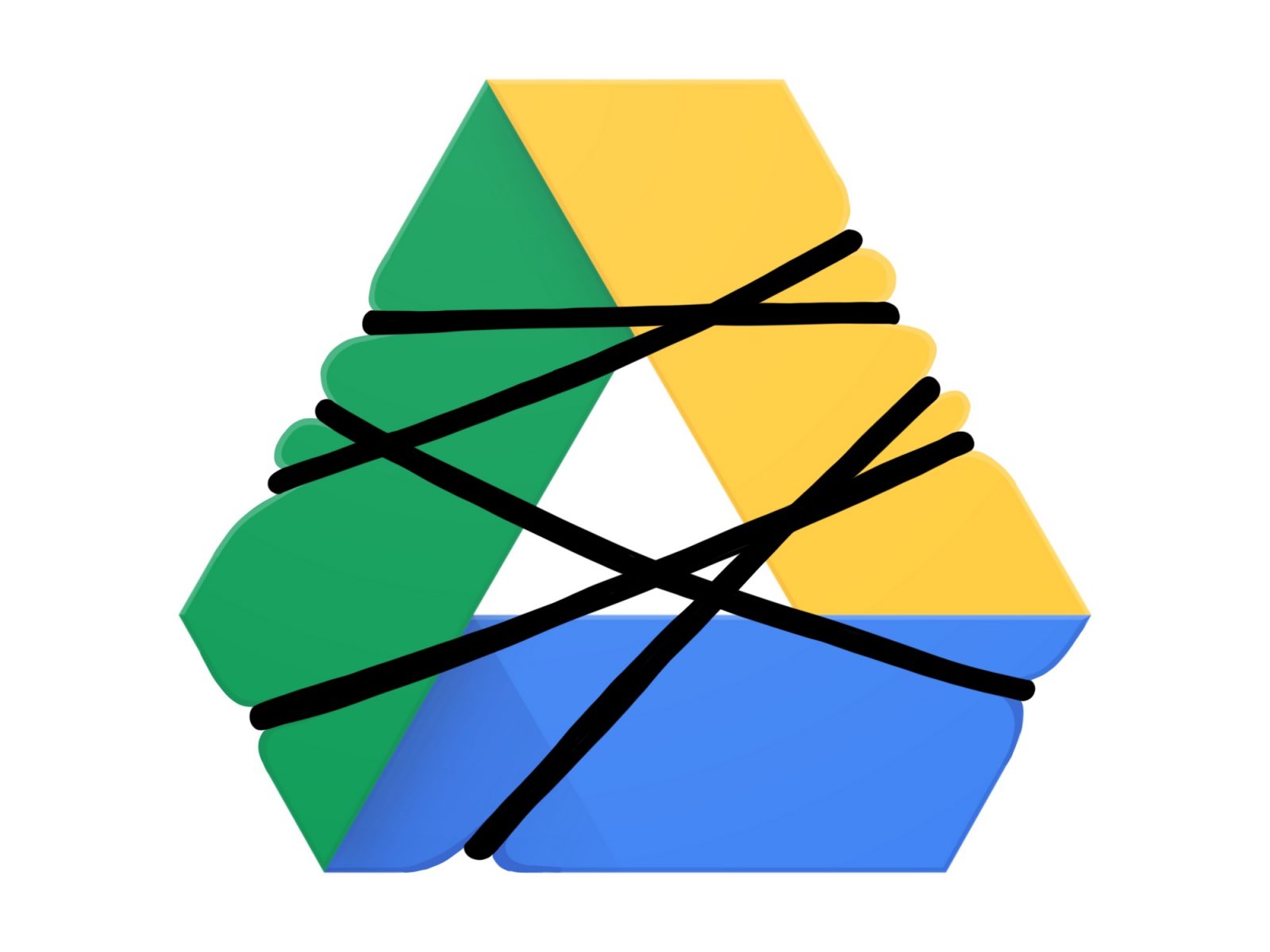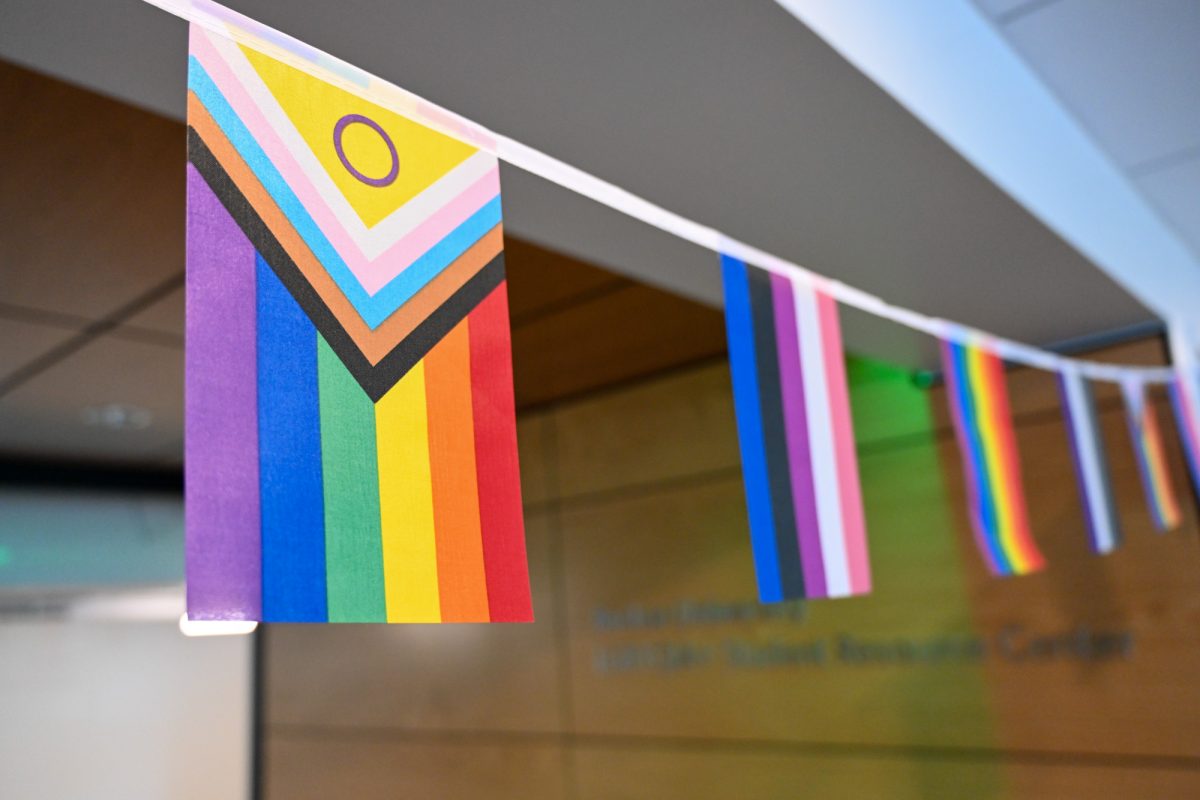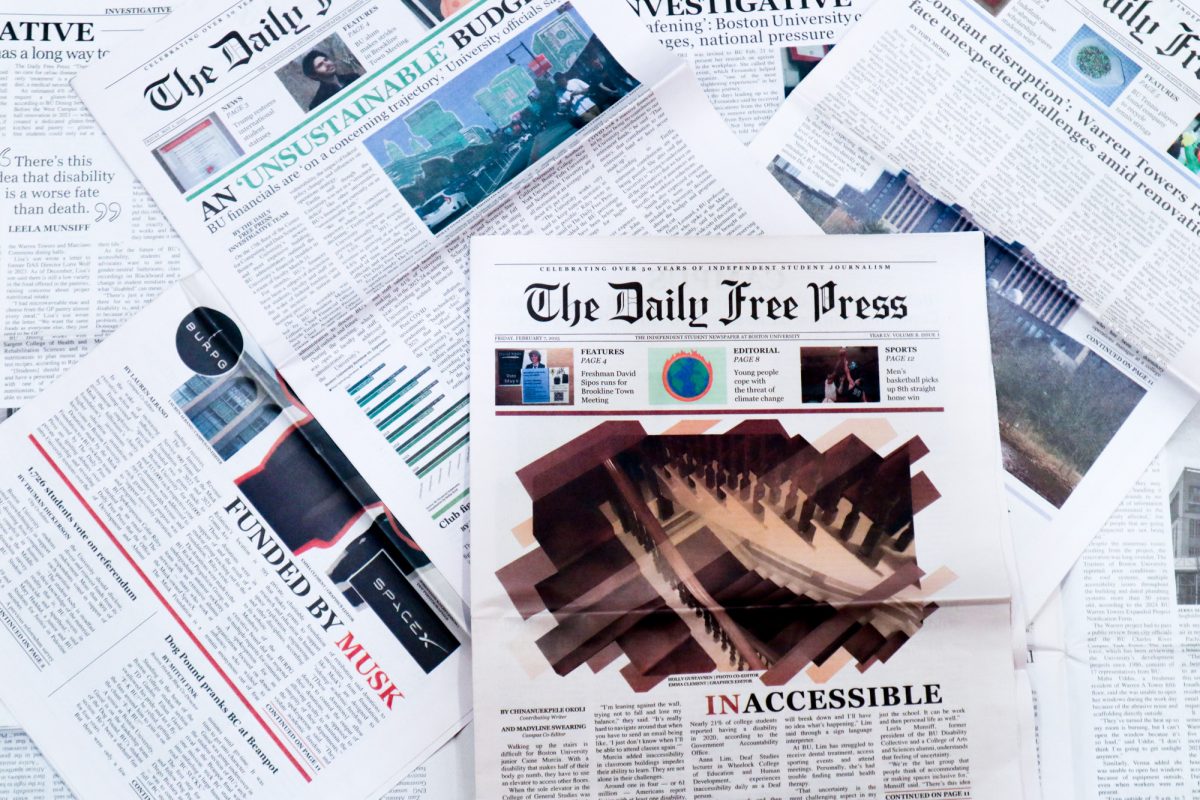Apple has been a part of my life for as long as I’ve needed to make phone calls or listen to music. I personally use an iPhone and own a pair of Apple AirPods, but I also freely use other non-Apple products as well.
Apple has done a wonderful job of creating a cohesive and elegant system in which its products can seamlessly communicate with one another.
The use of an all-encompassing Apple ID, which links all Apple services — such as iCloud, iTunes, Apple Music and iMessage contacts — into one, makes it extremely convenient to switch devices in case of a repair or an upgrade. Not to mention, I was shocked to discover Apple’s NameDrop feature, which lets two users instantly share contact information by simply touching phones.
As a Lenovo computer user, there have been times when I wished I could send messages from my computer or use the standardized macOS that makes it easier to troubleshoot inexplicable issues from my laptop.
Over the summer, my friend broke his iPad. School was about to begin, and there weren’t many alternatives to digital note-taking. So, it was ultimately necessary to purchase a new device.
What was supposed to be a quick trip to repair an iPad turned into a 3-hour excursion in which we discovered the many inconveniences of navigating the Apple Store and its ecosystem.
We were taken aback at the mounting costs it would take to not only repair the iPad but also customize it. I listened at my friend’s side as the Apple employee gave the prognosis, declaring the device would need to be fully replaced.
According to the employee, iPads can’t have their screen replaced and can only be repaired by replacing the entire device. Policies are policies, I suppose, but that was only the beginning.
The whole experience was truly eye-opening, especially considering those who have much more limited budgets. The location was likely a contributing factor, but an official service appointment would’ve had us waiting for 4 hours. Even with a full replacement, getting it college-ready meant purchasing a new case and an Apple Pencil at a minimum.
We planned to finance the device instead of using my friend’s limited college savings, but yet again, we encountered a consumer roadblock.
As it turns out, the financing option is only available to Apple Card holders or to those who specifically request a plan through their phone carrier. My friend decided they’d settle for an Apple Pencil and endure the cracked screen. To make it worse, we found out that the pencil we bought was the incorrect model for my friend’s device.
When I heard about the iPhone 17 Pro’s release last month, I recalled my Apple store experience with my friend. With my newfound knowledge of the world of Apple, I navigated to the Apple website, where I saw the Pro in its cosmic orange color.
The iPhone 17 is Apple’s newest flagship phone. Based solely on its appearance, the design seems innovative. The back of the phone is divided into two cells with the topmost being smaller, slightly raised and housing three cameras. Pictured on the front phone screen is a moody and abstract screensaver of winding orange wires highlighted by intense orange light.
Compared to the iPhone 16’s plain but still sleek design, the Pro’s busier back casing has a very futuristic quality. It’s exciting to say the least, and a good start on Apple’s part.
However, looks aren’t everything, and my mind immediately wondered if all the new features hold up to the 17 Pro’s striking appearance.
The iPhone 17 Pro has multiple breakthrough selling points, including an 8x optical-quality zoom and the ability to charge up 50% in 20 minutes. Overall, it seems to be pushing boundaries, especially when compared to previous models.

There are a ton of practical additions to help with productivity and offer new ways to interact and create media. Selfies will be as clear and easy as ever with an increased 18-megapixel front camerawith automatic framing and zooming. Apple also debuted dual camera capture, meaning video can record both you and everything the rear cameras see, making for more immersive memories.
iOS 26 also comes with my personal favorite feature, which is the ability to host iMessage polls. It seems like a very mundane thing to be relieved about, but the ability to gauge interest without using third-party apps is a game-changer for group work or weekend plans.
Apple is also dipping its toes into the AI world with the advancement of Apple Intelligence. Users can now personalize photos by removing unwanted people or objects, and FaceTime calls can even generate live captions and language translations.
But the question remains: Is it worth the $1,099 price tag? Getting a new iPhone or anything new, for that matter, is enjoyable. Still, it’s hard to justify buying a new device that costs anywhere from $700 to $1100.
If my long day at the Apple store taught me anything, it’s that Apple is great at overpricing and giving one too many options to make you spend more money. Consider the value new features might bring, but also consider your wallet.




